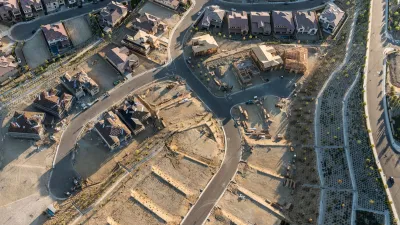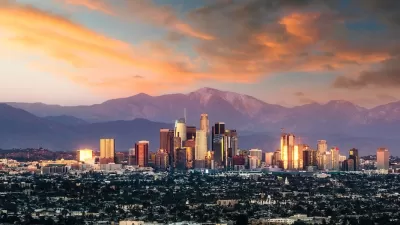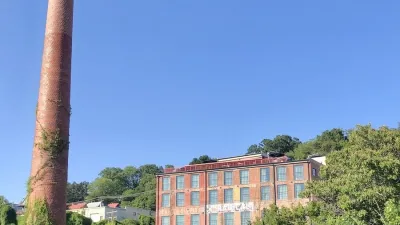Dr. Lucy Jones emphasizes that resilience in the face of climate-driven disasters like wildfires relies on building strong social connections, which empower communities to recover and adapt to an increasingly challenging future.

Southern California’s recent wildfires, including the devastating Eaton Fire, highlight the growing need for resilience in the face of climate-driven disasters. Dr. Lucy Jones, reflecting on personal experiences of loss and fear, underscores the critical role of social bonds in fostering recovery. Resilience is not just about physical rebuilding but about the strength of relationships—connections within families, schools, faith communities, and neighborhoods—that form the foundation for collective recovery and action.
Fear and grief often dominate the immediate aftermath of disasters, creating feelings of powerlessness that can hinder action. However, helping others during these times—whether by offering support, volunteering, or simply checking in on neighbors—can empower individuals and bring a sense of purpose. This shift from focusing on personal loss to community rebuilding is vital, as social capital not only aids recovery but also mitigates the emotional toll of crises.
As disasters become more frequent and severe due to climate change, society must evolve its risk management strategies, such as exploring alternatives to traditional insurance and fostering community collaboratives. These collaboratives, as seen in past wildfire recoveries, allow communities to pool resources and address challenges collectively. In the end, resilience starts with everyday connections—talking to neighbors and building relationships—which prepare us not just for fires but for the broader range of extreme events that lie ahead.
FULL STORY: Opinion: Where does resilience come from?

Alabama: Trump Terminates Settlements for Black Communities Harmed By Raw Sewage
Trump deemed the landmark civil rights agreement “illegal DEI and environmental justice policy.”

Planetizen Federal Action Tracker
A weekly monitor of how Trump’s orders and actions are impacting planners and planning in America.

The 120 Year Old Tiny Home Villages That Sheltered San Francisco’s Earthquake Refugees
More than a century ago, San Francisco mobilized to house thousands of residents displaced by the 1906 earthquake. Could their strategy offer a model for the present?

LA’s Tree Emergency Goes Beyond Vandalism
After a vandal destroyed dozens of downtown LA trees, Mayor Karen Bass vowed to replace them. Days later, she slashed the city’s tree budget.

Sacramento Leads Nation With Bus-Mounted Bike Lane Enforcement Cameras
The city is the first to use its bus-mounted traffic enforcement system to cite drivers who park or drive in bike lanes.

Seattle Voters Approve Social Housing Referendum
Voters approved a corporate tax to fund the city’s housing authority despite an opposition campaign funded by Amazon and Microsoft.
Urban Design for Planners 1: Software Tools
This six-course series explores essential urban design concepts using open source software and equips planners with the tools they need to participate fully in the urban design process.
Planning for Universal Design
Learn the tools for implementing Universal Design in planning regulations.
Ada County Highway District
Clanton & Associates, Inc.
Jessamine County Fiscal Court
Institute for Housing and Urban Development Studies (IHS)
City of Grandview
Harvard GSD Executive Education
Toledo-Lucas County Plan Commissions
Salt Lake City
NYU Wagner Graduate School of Public Service





























